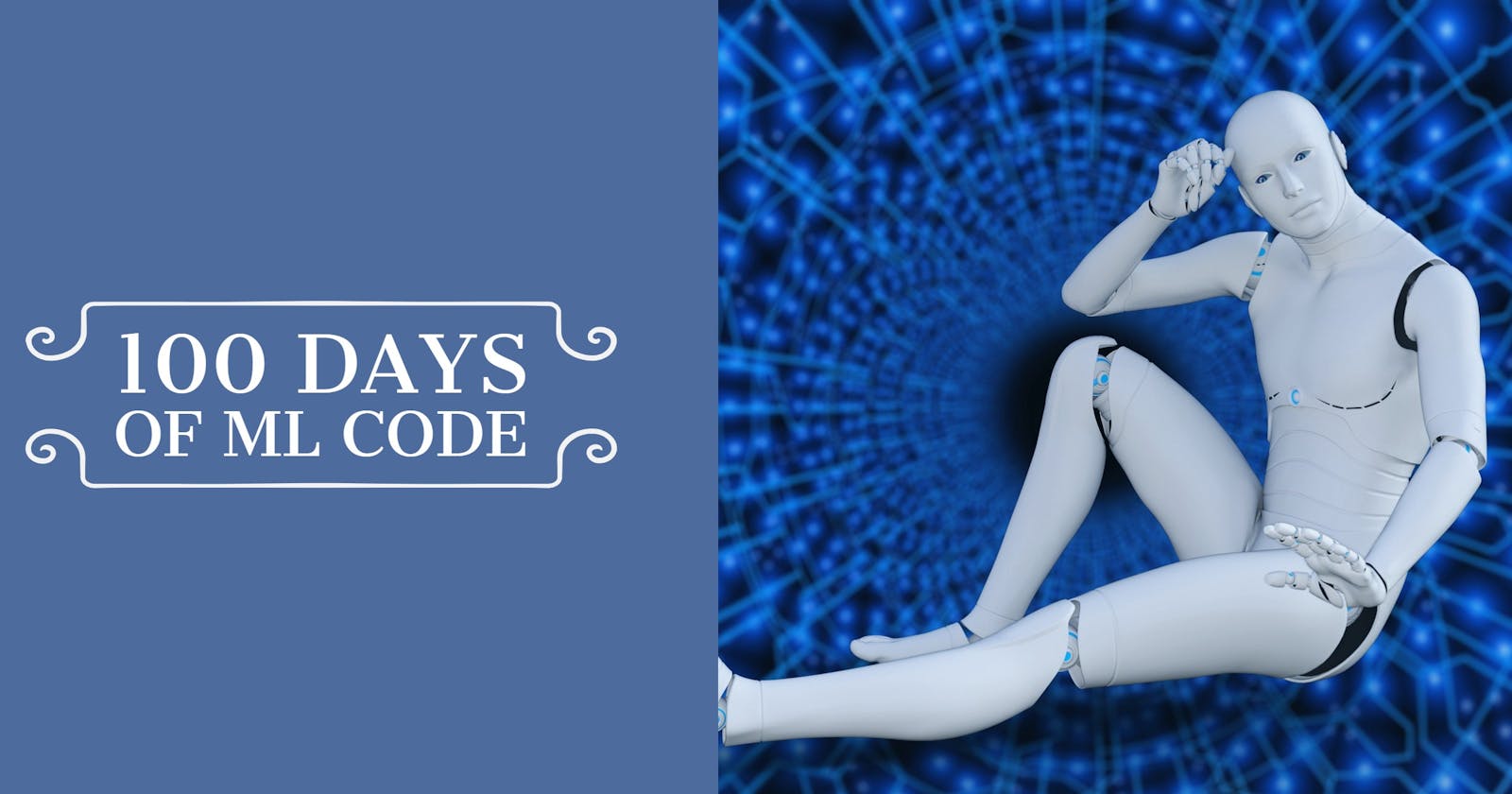Recap from Day 018
In day 018, we started looking at common hard clustering algorithms. We saw that k-means clustering, which is one of the hard clustering algorithms from that day aims to partition n observations into k clusters in which each observation belongs to the cluster) with the nearest mean, serving as a prototype of the cluster. While K-medoids, another hard clustering algorithms from that day 018 seeks a subset of points out of a given set such that the total costs or distances between each point to the closest point in the chosen subset is minimal.
Today, we’ll continue with looking at common hard clustering algorithms.
Common Hard Clustering Algorithms continued
Hierarchical Clustering
Hierarchical clustering (also called hierarchical cluster analysis or HCA) is a method of cluster analysis which seeks to build a hierarchy of clusters. Hierarchical clustering algorithms build a dendrogram of nested clusters by repeatedly merging or splitting clusters.
How Hierarchical Clustering Works
“Produces nested sets of clusters by analyzing similarities between pairs of points and grouping objects into a binary, hierarchical tree.”
Best Used…
When you don’t know in advance how many clusters are in your data
You want visualization to guide your selection
Self-Organizing Map
This is a type of artificial neural network (ANN) that is trained using unsupervised learning to produce a low-dimensional (typically two-dimensional), discretized representation of the input space of the training samples, called a map, and is therefore a method to do dimensionality reduction.
How Self-Organizing Map Works
“Neural-network based clustering that transforms a dataset into a topology-preserving 2D map.”
Best Used…
To visualize high-dimensional data in 2D or 3D
To deduce the dimensionality of data by preserving its topology (shape)
Self-organizing maps differ from other artificial neural networks as they apply competitive learning as opposed to error-correction learning (such as backpropagation with gradient descent), and in the sense that they use a neighborhood function to preserve the topological properties of the input space.
Great Job. You made it to the end of day 019. I hope you found this informative. Thank you for taking time out of your schedule and allowing me to be your guide on this journey.
Reference
MathWorks- 90221_80827v00_machine_learning_section4_ebook_v03 pdf


](https://cdn-images-1.medium.com/max/2000/1*wi582tyUn66V35nadBCSfQ.png)
](https://cdn-images-1.medium.com/max/2000/1*PbLI-Np1tbLy5PkiQvzgMg.png)